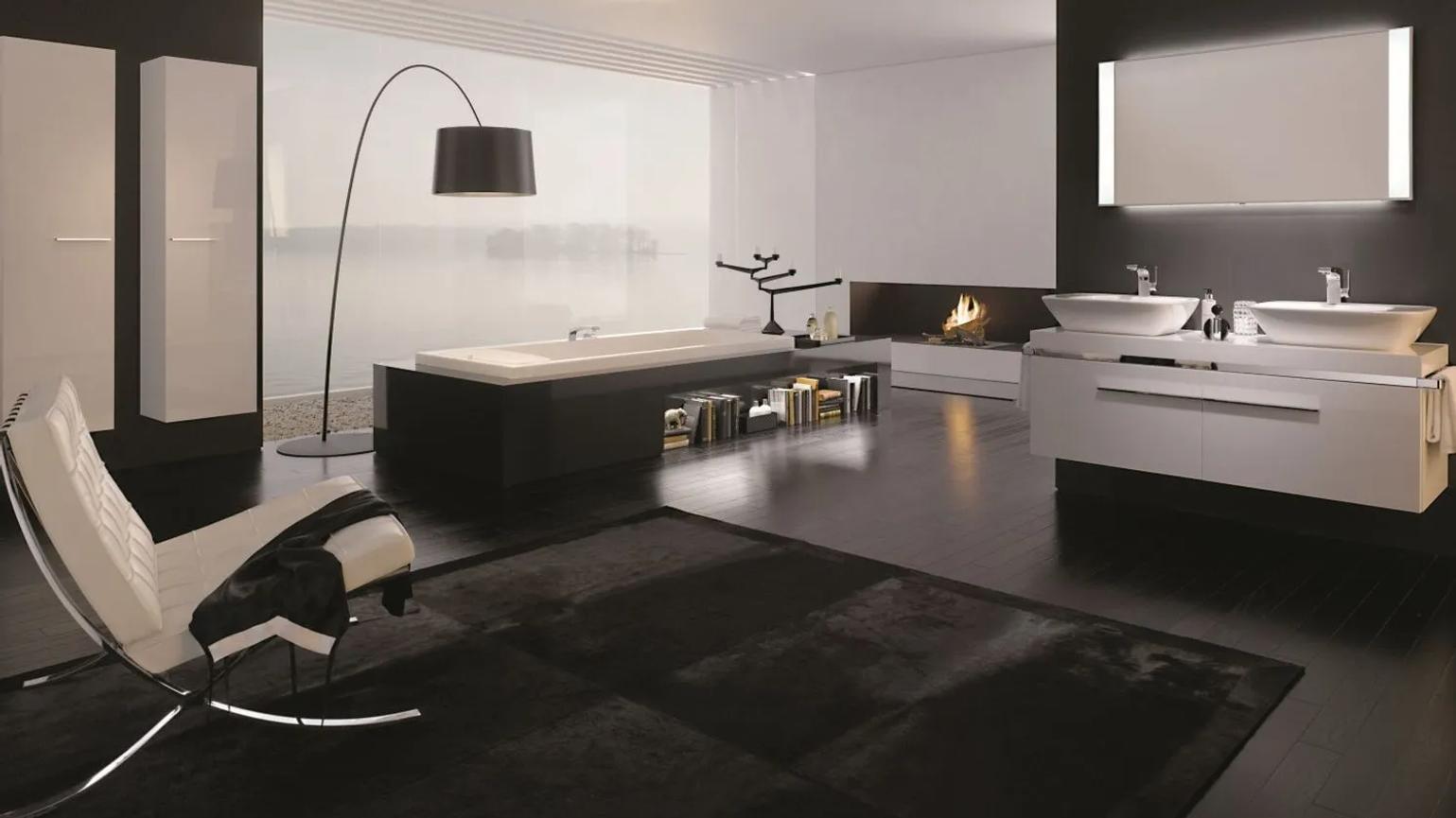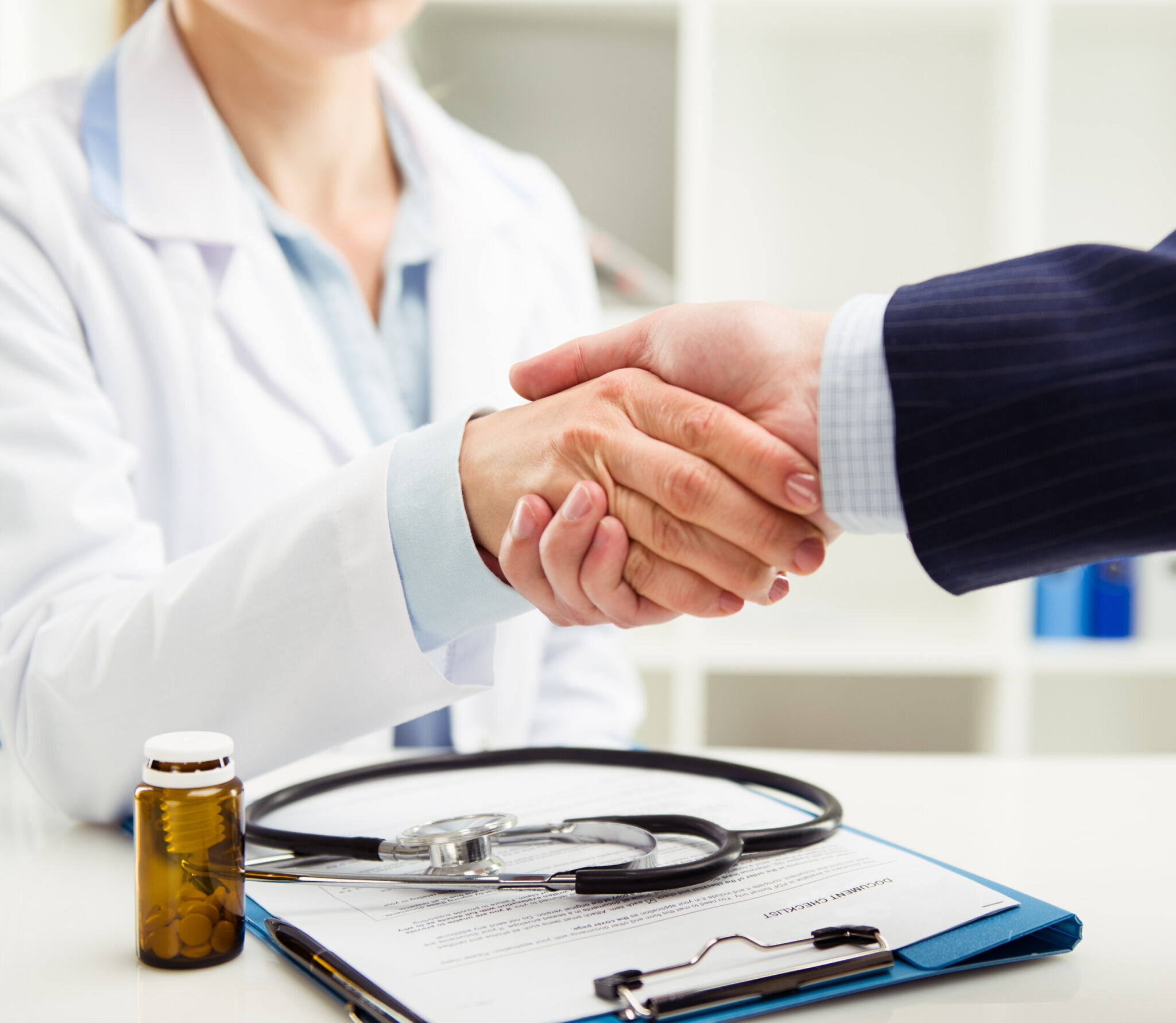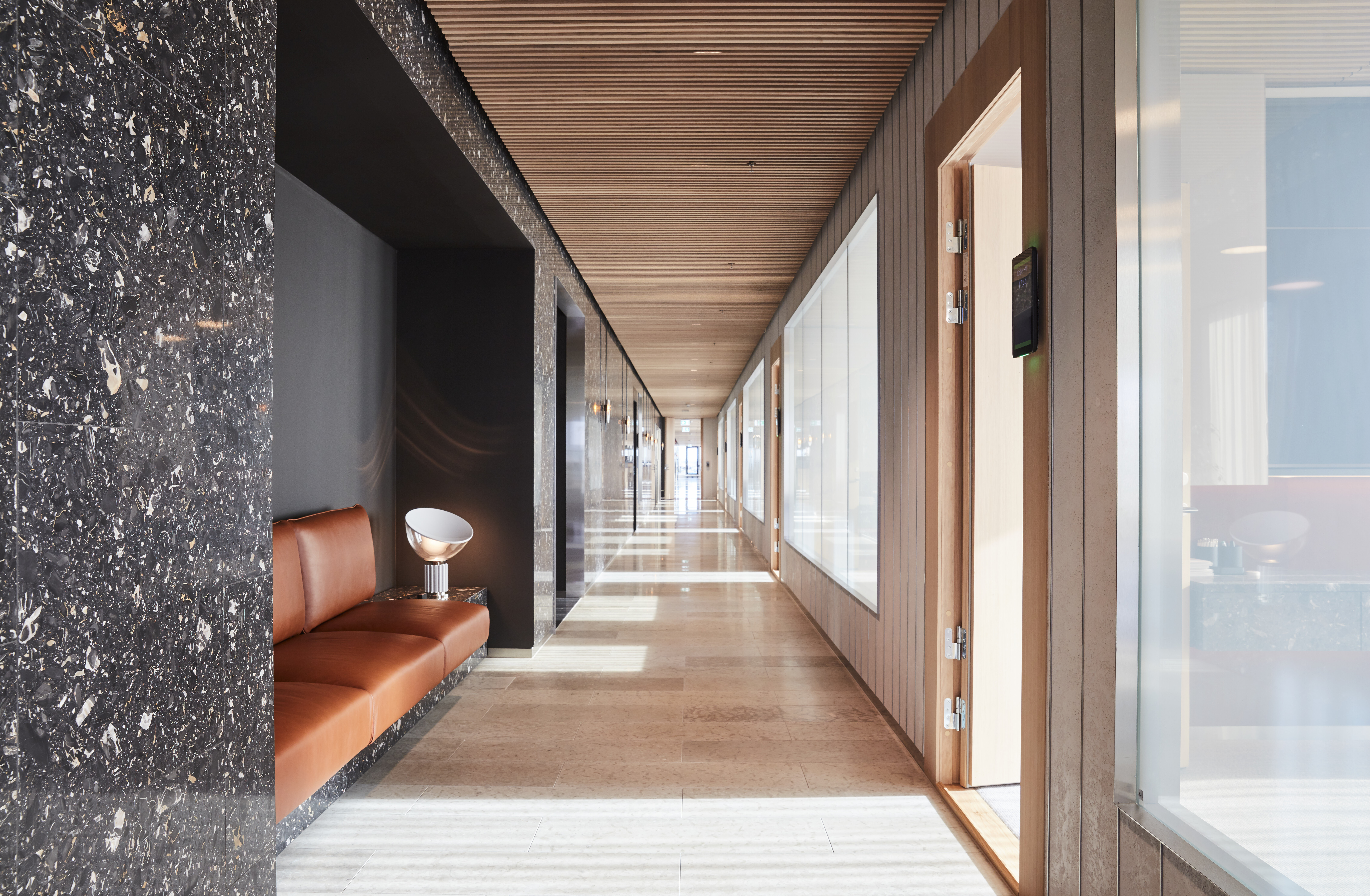Sanitec: Industrial Approach in Practice


Sanitec has been an EQT portfolio company since 2005 - the acquisition of Sanitec by Geberit has now closed the chapter. Sanitec has been a true challenge for EQT but at the same time it represents the most successful industrial turn-around in EQT’s history.
On October 14, 2014, Swiss sanitation technology group Geberit AG announced a cash offer for Sanitec Oy at SEK 97 per share. As the single largest shareholder with 20% of the shares, EQT IV accepted the offer unconditionally. On February 3, 2015, Geberit declared the offer for Sanitec unconditional, following antitrust approvals and 99% shareholder acceptance. The successful bid marks the end of almost a decade’s ownership of Sanitec.
Sanitec is the single largest equity investment any EQT fund has ever made and the company was acquired in 2005 from BC Partners for an enterprise value of EUR 1,325 million. Given a successful bid from Geberit, the Sanitec investment will approximately have returned the EUR 596 million invested, including additional equity injections.
“Sanitec is one of the most challenging and demanding investments EQT has made and we are of course not happy with the returns. However, without EQT’s industrial approach and the resulting successful restructuring, the outcome could certainly have been far worse for all involved. Had EQT walked away in 2009, the whole investment would have been lost but abandoning Sanitec was never an option,” says Caspar Callerström Partner at EQT Partners, Investment Advisor to EQT IV. He became involved with Sanitec in 2009.
At the time of acquisition in 2005, Sanitec was still largely the result of a strategy of acquiring local European brands. EQT’s original business plan included continued growth together with re-organization and efficiency measures to integrate the different local organizations. But in 2008, the financial crisis struck and caused an unprecedented market downturn for Sanitec. In particular, the new construction market came to an almost standstill in parts of Europe.
“With hindsight it is clear that after the acquisition, EQT was a little slow in implementing change and then suddenly the company faced a whole new reality. Some important sectors, like new construction almost disappeared overnight. It became obvious that although Sanitec had a sound business to build on, it could not cope with the balance sheet,” Caspar Callerström continues.
Throughout the crisis, EQT supported Sanitec and in 2009 an agreement was reached with a bank consortium to both re-construct Sanitec financially and simultaneously launch an accelerated stream-lining and integration of the company. EQT IV invested a further EUR 115 million and Sanitec’s lenders took substantial haircuts on their loans but also received a considerable equity interest in the new company.
“It was never a question of one thing or the other. An operational turn-around needed a new financial situation to work and the other way around. The ”One Sanitec” strategy is about transforming a federation of kingdoms into an integrated business which can benefit from a shared back-end, while preserving local brands and sales forces,” says Peter Nilsson, CEO of Sanitec since 2010. Prior to that, between 2008 and 2010, he was executive Chairman of the Board. He is also a member of EQT’s network of Industrial Advisors.
The turn-around strategy was based on a few key areas; increased financial transparency in order to shift emphasis to profits from volumes, migrating from local plants to an integrated and efficient production network, stronger commercial focus and improved product innovation and development and a centralized and stream-lined purchasing and support function.
The transformation of Sanitec means reducing the number of ceramics plants from 18 to around 11 and an extensive standardization effort has cut the number of suppliers to about 10,000 (from previously 30,000) in just two years. As a result, the company almost doubled EBITDA while markets were largely flat from EUR 56 million in 2009 to EUR 103 million in 2013.
“Today, Sanitec is a fundamentally different company; leaner, meaner, more efficient and focused. The transformation has yet more benefits to bring but I believe we already now have the most modern and efficient operational base in the industry,” says Peter Nilsson.
After having evaluated several options, EQT decided in 2013 to return Sanitec to the public market through an IPO (Sanitec was previously listed 1999-2001). In 2013, Sanitec also issued a public bond to refinance the debt, resulting in increased operational flexibility and lower interest payments.
Demand for Sanitec shares among institutional investors was strong and the share was priced at SEK 61 at the IPO in December 2013. In connection with the IPO, EQT and other shareholders sold 60% of the shares and later a further 20%, in May 2014.
Sanitec has a strong pan-European portfolio of locally well-established brands in bathroom ceramics that are positioned as number one or two in their markets. Currently, Sanitec markets its products through five geographical regions in Europe, mainly in Northern and Western Europe with a strong growth potential in Eastern Europe. Among the brands operated by Sanitec are Ifö, Ido, Sphinx, Keramag, Twyford, Kolo, Colombo and Allia. Sanitec had sales in 2013 of EUR 702 million and the number of employees is around 6,200.
After 10 years with EQT as an owner – and living through a variety of business cycles – Sanitec enters next phase on its journey. With Geberit as a new owner, Sanitec will be able to continue to develop and grow, both geographically and with product expansions. There is a clear industrial logic between Geberit and Sanitec and with a common, complementary platform offering in-front-of-the-wall (Sanitec) and behind-the-wall (Geberit) products, Sanitec will be part of a group with ambitions of becoming a leader in the broader sanitary products industry.
Latest News From EQT
Exclusive News and Insights Every Week
Add your email address below to sign up for our EQT newsletters.




